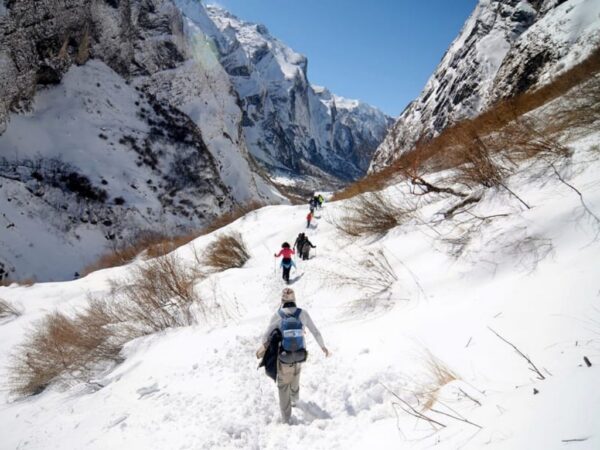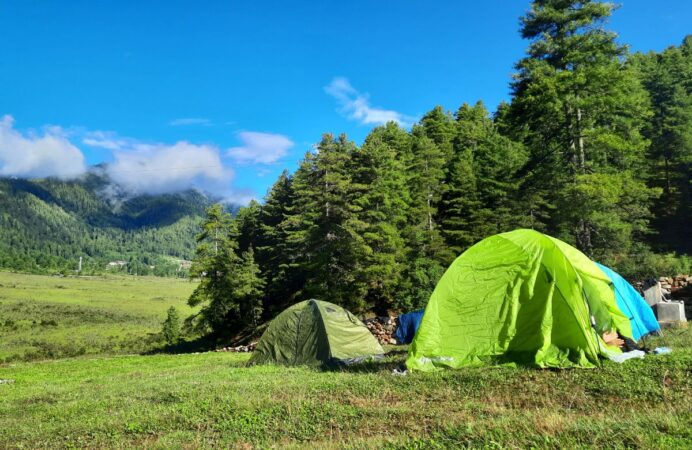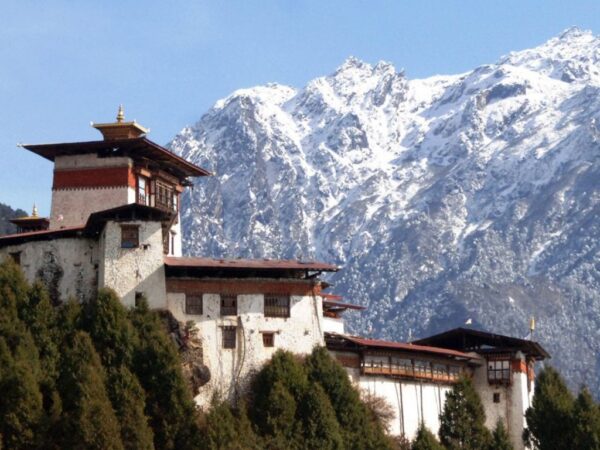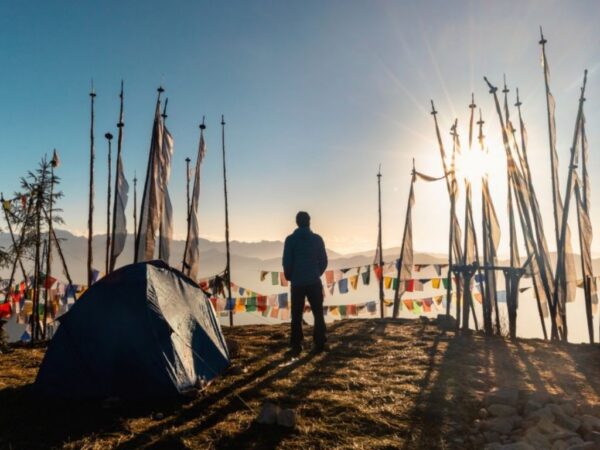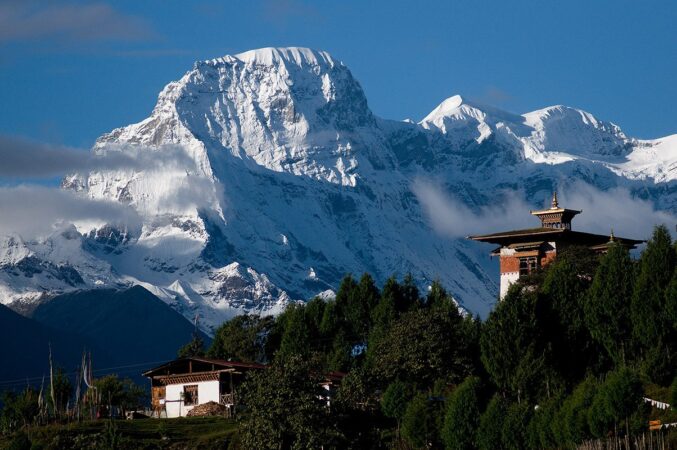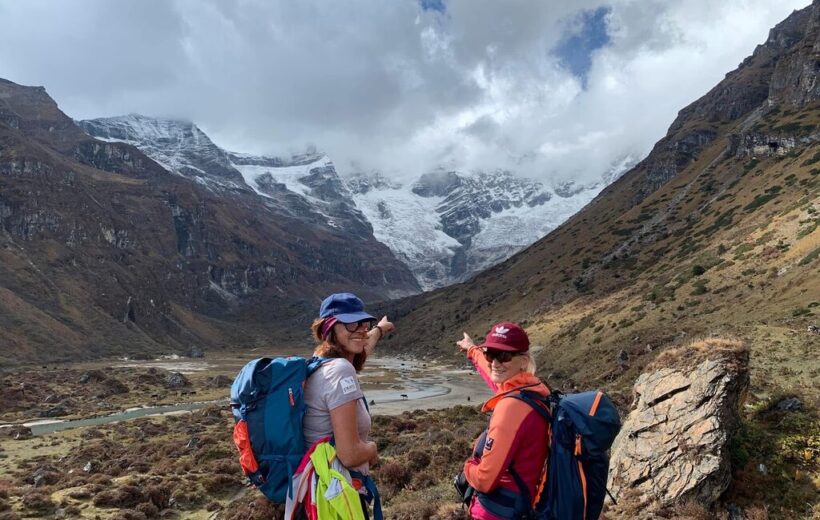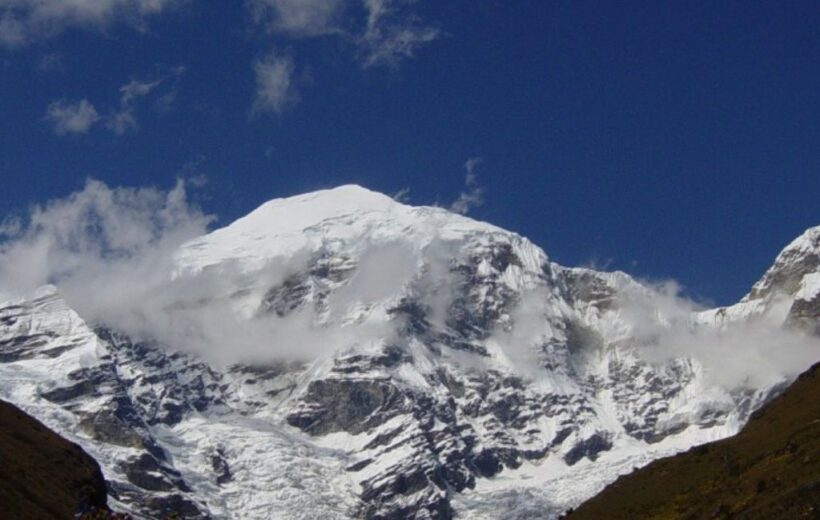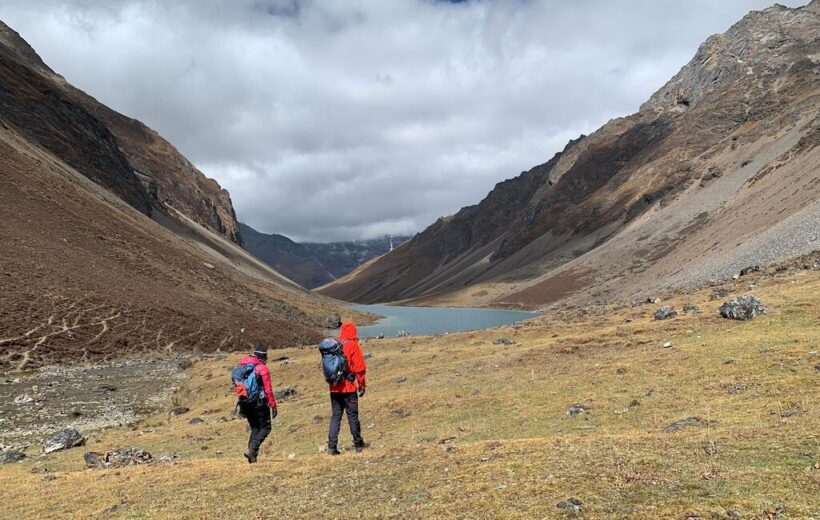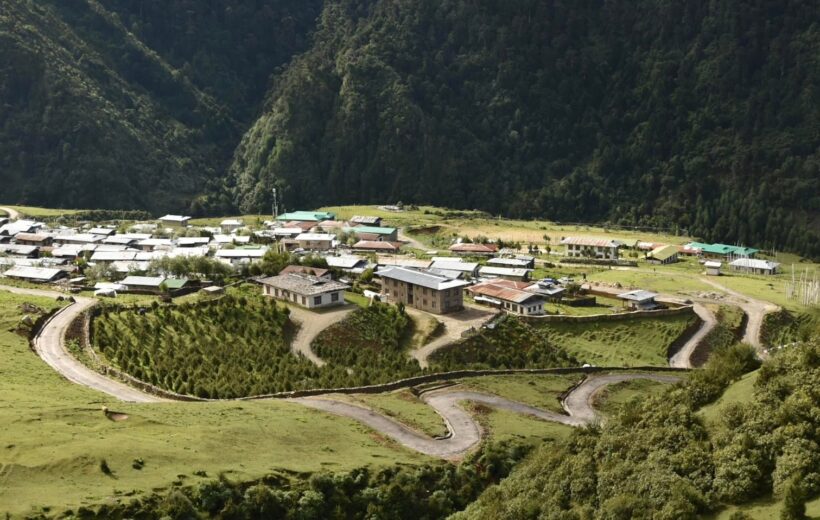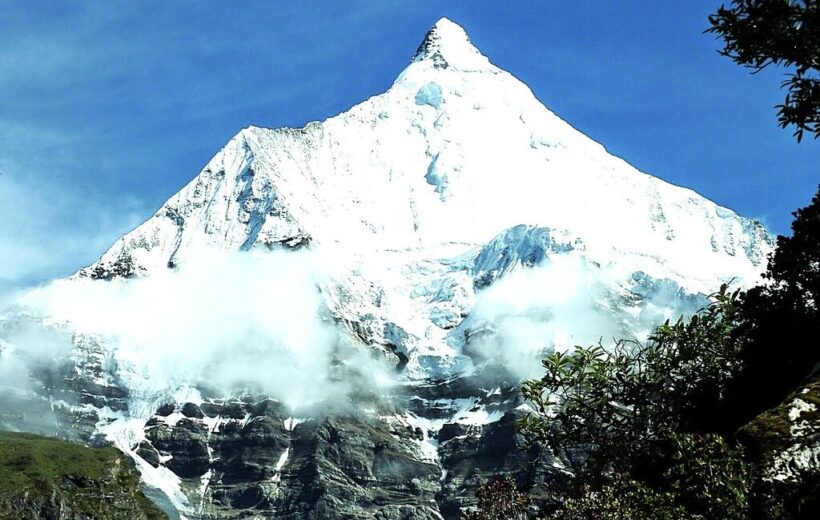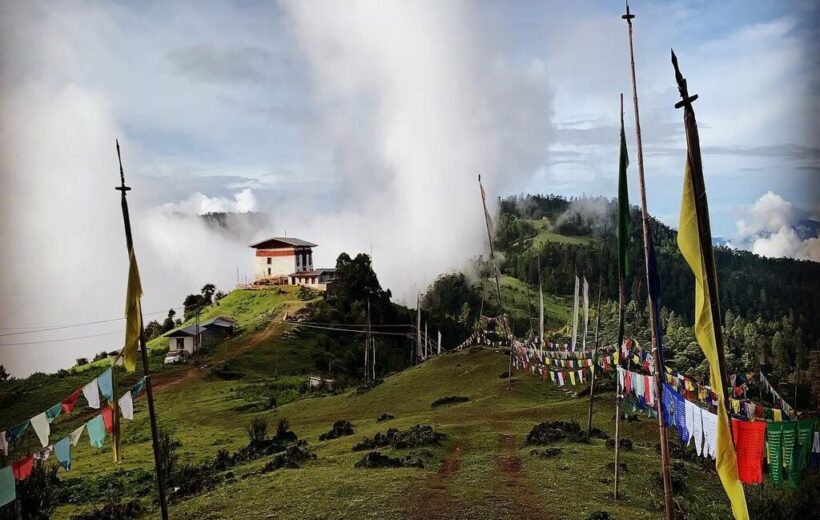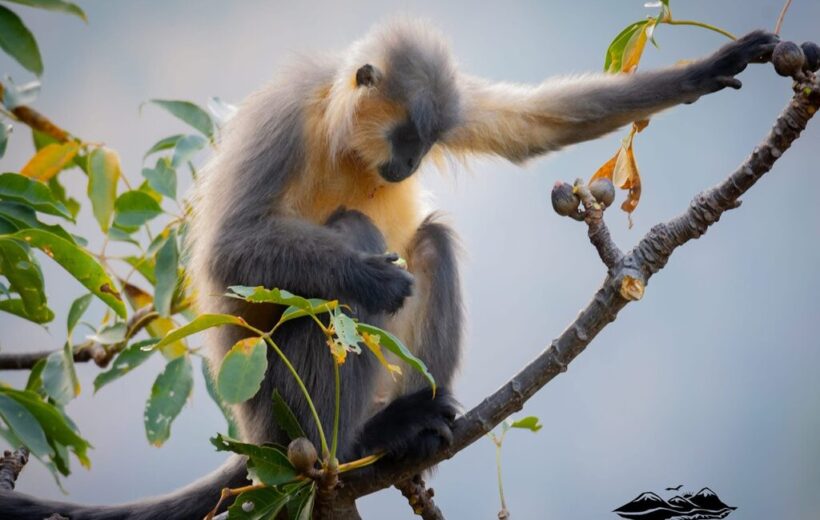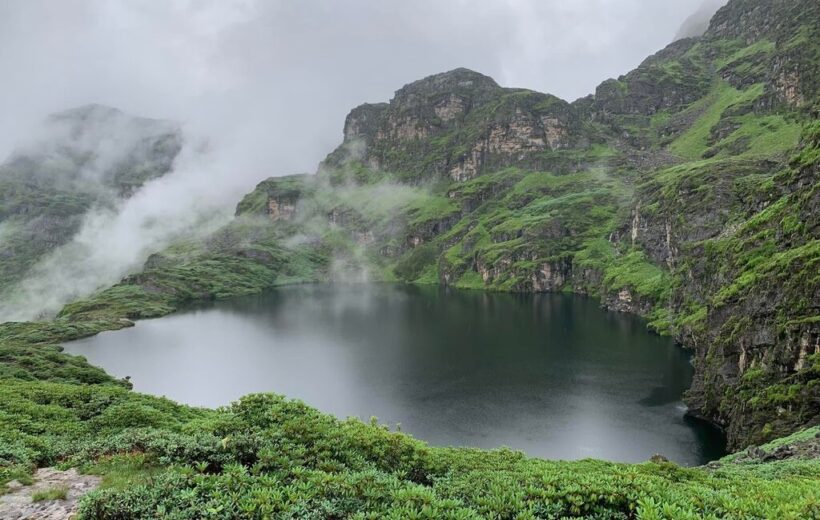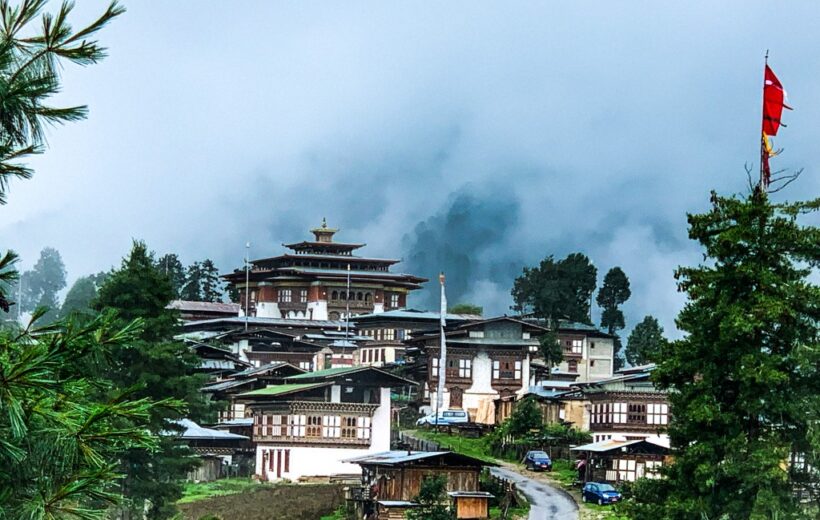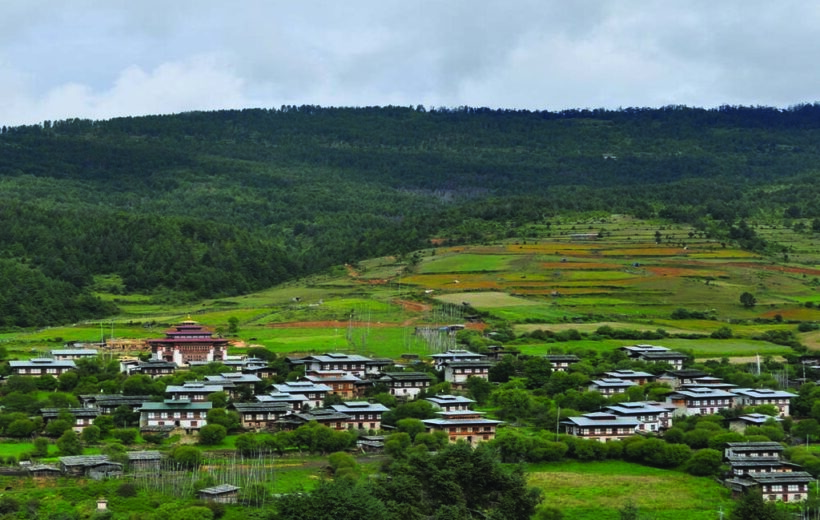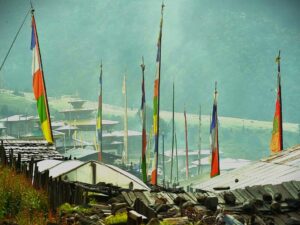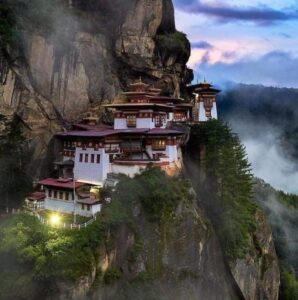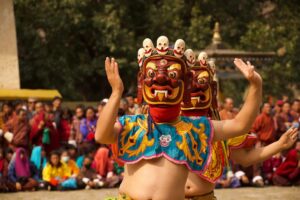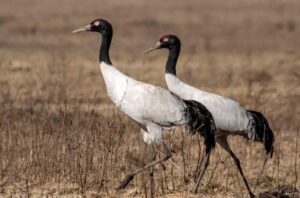Overview
Included/Excluded
- The Bhutan SDF
- All accommodations
- Meals and mineral water
- A licensed English-speaking guide
- A driver and vehicle
- Air fare
- A visa fee of US$40
- Alcohol
- Gifts/Souvenirs
- Travel insurance and personal bills
- Museums & Monument Fees
Tour Plan
Day 1:
Upon arrival at Paro International Airport (ideally before noon), take a scenic 1-hour drive to Thimphu, Bhutan’s vibrant capital, accompanied by your tour guide. After checking into your hotel, embark on a tour of the city’s famous landmarks, such as Buddha Point, where you’ll enjoy breathtaking views of the valley, the National Memorial Chorten, a revered religious monument, and the majestic Tashichhoe Dzong, home to Bhutan’s government offices. In the evening, explore a local craft bazaar, where you can admire the rich variety of traditional Bhutanese arts, textiles, and handicrafts. Spend the night at a hotel in Thimphu
Day 2:
After breakfast, start your day by visiting the Bhutan Post Office Headquarters (General Post Office), where you can get a unique, personalized stamp featuring your own portrait. This post office is famous for housing the world’s largest photo book and a fascinating collection of Bhutanese stamps. It is the only place where you can create a stamp with your own face. (Opening hours: Weekdays: 9 AM - 5 PM; Saturdays: 9 AM - 1 PM; Closed on Sundays). Next, visit the School for Arts and Crafts, also known as the Thimphu National Institute for Zorig Chusum, to explore Bhutan’s traditional arts and crafts. This institute showcases the mastery of the 13 traditional Bhutanese arts, including painting, sculpturing, wood carving, calligraphy, and more. Students here train for 4-6 years to perfect their skills in these crafts.
Afterward, visit the Simply Bhutan Museum. This interactive museum lets you experience traditional Bhutanese life. You can try local rice wine, enjoy Bhutanese milk tea, and watch folk dances. You can also try archery, Bhutan's national sport, and even meet Pema Tshering, a talented craftsman who carves wood with his feet despite being born with cerebral palsy. The museum also has a souvenir shop and a restaurant serving Bhutanese set meals.
If you're interested in Bhutan’s national animal, visit the Motithang Takin Preserve, where you can see the takin, a unique animal with the head of a goat and the body of a cow, believed to have been created by the legendary Drukpa Kunley (the Divine Madman).
In the evening, head back to Paro and spend the night there, preparing for your hiking trip the next day.
Day 3:
Drive from Paro to Sanga Chokhor Village, located at an altitude of 2,900 meters. After visiting the small Lhakhang (temple) in the village, begin your hike uphill along a scenic mountain path. Along the way, enjoy the beautiful views of ancient forests and the majestic Himalayan ranges. The trail will take you to Bumdrak Monastery, located at 3,900 meters. This is an ideal spot for camping and watching the stunning sunset.
Day 4: Second Hiking Day – Bumdrak to Taktsang
Today’s hike from Bumdra is a descent, unlike yesterday's uphill trek. After about 2 hours of hiking, you will arrive at the Sangtopelri Garden, which means "paradise on earth" in Bhutanese. From here, you will get a clear view of the Taktsang Monastery, also known as the "Tiger’s Nest." However, it will take you about one more hour to reach the monastery. After finishing the hike, you will be transferred back to Paro.
Day 5: Paro Departure – Wishing You All the Best
Thank you for hiking with us! Your tour guide will escort you to the airport for your flight to your next destination. Bhutan offers many more hiking routes, and we would be happy to welcome you back for more adventures in the future.
Tour Map
You may like
Frequently asked question
Itinerary is always flexible if you are travelling in a smaller group. You have a choice of eating in a different restaurant, however, the menu depends on the chef and usually it is a set menu but not necessarily the same menu every day.
It is in the tourism industry but it is not compulsory. It actually depends on the service rendered to you.
Yes, things that are not included in the tariff are all beverages, telecommunications, tips, laundry, massage and souvenir shopping.
Bhutan is well connected and every town has IDD services. Internet cafes are available almost everywhere. Cell phones can also be used but you need to get Bhutan prepaid SIM Card and recharge it. Recharge vouchers are available at every second shop in town.
You can exchange money in the banks as well as in the hotels were you are staying. Rates will be better in the banks plus US$ is acceptable in almost all of the shops in town.
It cannot be safer anywhere else in the world.
Bhutan is all season tourist destination for cultural tours. However the month of February, March, April, and September, October, November are considered the best time due to pleasant weather conditions. December and January are winter months and June, July and August, the rainy season. It is important to note that the climatic conditions during the winter months are not extreme. The average temperature would range from 10-17 degree Celsius during day time.
The money you have transferred will be with held by the Tourism Council of Bhutan till the day you depart. Travel Agents can only withdraw the money after your departure upon submitting your tour invoice. Therefore, your money is safe.
It is government rule that total tour payment must be remitted without which the government will not issue the visa.
Decide the number of days you want to spend in Bhutan according to your interest and budget.
Decide the date and the port of entry (You can fly into Bhutan from one of these cities; Bangkok, Katmandu, New Delhi, Calcutta and Dacca) into Bhutan.
Fill up the visa application form (You can download the visa application form here).
Remit the total tour payment (You can download the money transfer details here). It is government rule that total tour payment must be remitted without which the government will not issue the visa.
Once we have confirmed dates, port of entry, dully filled visa application form, and money received, we will process your visa.
Except for travelers from India, Bangladesh and Maldives, all visitors to Bhutan are required to obtain visa approval prior to their arrival, which will be processed by us.
Tourism is not restricted but the minimum daily tariff is set by the government. It is also necessary that all tourists must come through a registered tour operator to plan your itinerary and process your visa. Tourist cannot come on their own unless they are invited guest.
Druk Air operates daily flight (once daily) from Bangkok (Thailand) and four flights a week from New Delhi, Kathmandu and Calcutta (India) and two flights a week from Dacca (Bangladesh). There are different flight schedules for the summer and the winter seasons. For Druk Air schedules click on Flights Details or you can also visit Druk Air web site at www.drukair.com.bt . You can also enter Bhutan via Bagdogra Airport, Siliguri (West Bengal) in India. It has regular flights from New Delhi (twice daily).
Bhutan is connected to the outside world through Druk Air (Royal Bhutan Airlines), the national carrier which is the only airline operating flights in and out of the kingdom.

